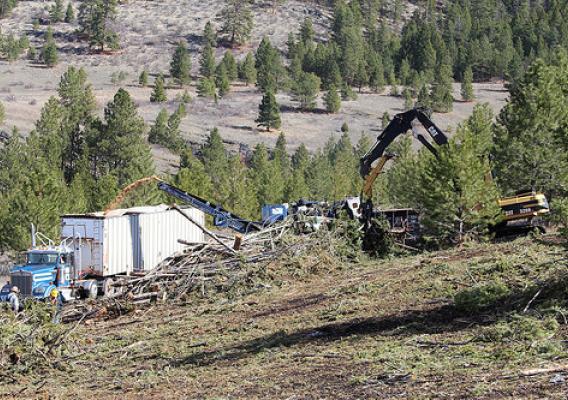USDA scientists work 365 days to provide safe and sustainable food, water, and natural resources in the face of a changing climate and uncertain energy sources. To recognize the contribution that agricultural science and research makes in our daily lives, this week’s “Banner Year” series features stories from 2015 that show the successes that USDA science and statistical agencies made for us all.
Information on economic, demographic, and social developments in rural America, as well as on current and emerging opportunities for farmers is important to policy makers and other stakeholders. USDA’s Economic Research Service this year tracked and analyzed trends in rural areas, particularly employment and population. For farmers, key opportunities include new and evolving trade relations, notably the potential for trade with Cuba and the emergence of China as a major importer. Both were on ERS’s research agenda this year, as was an evolving opportunity on the domestic front – the growth in sales of locally sourced farm products.
Let’s review 5 ERS reports featured in 2015:










